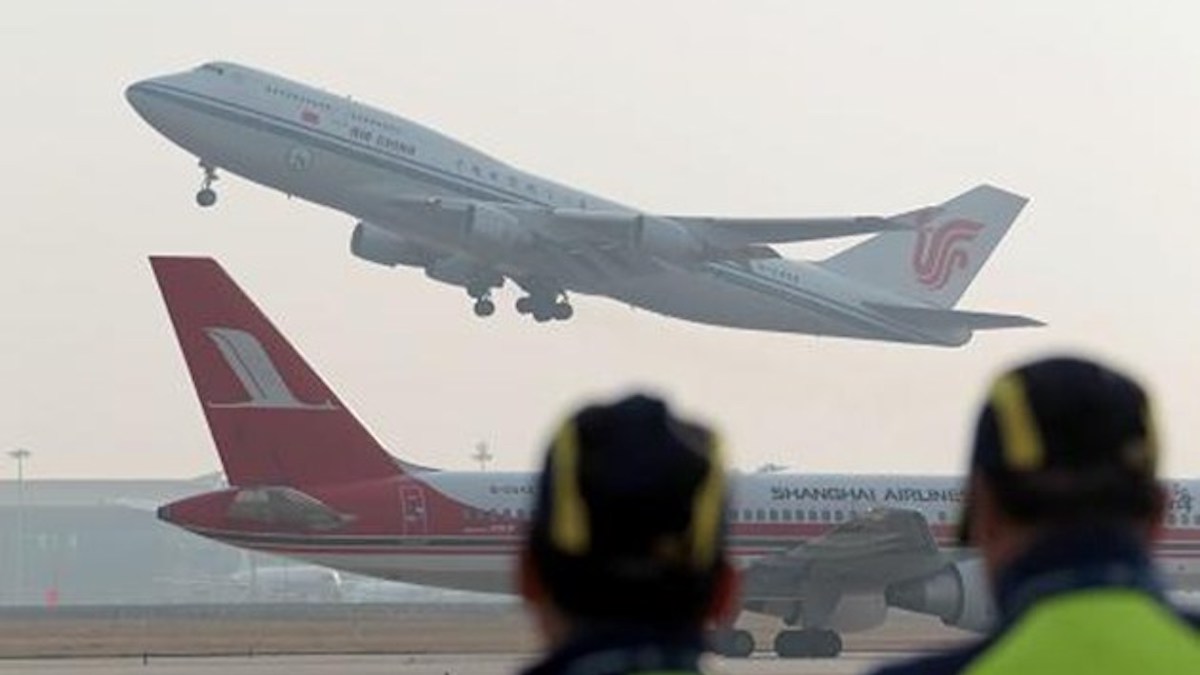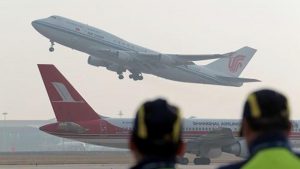(ATF) China’s three major domestic airlines have successively released their 2020 annual reports, and these are not report cards you would want to take home. The data shows that Air China, China Southern Airlines, and Eastern Airlines have seen a year-on-year decline of more than 40%. Each of the three airlines lost more than 10 billion yuan.
Air China’s operating income was 69.5 billion yuan, a year-on-year decrease of nearly 49%. It suffered a loss of 14.41 billion yuan, which was a decrease of about 325% from 2019, when it enjoyed a profit of 6.41 billion yuan.
During the same period, China Southern Airlines achieved operating income of 92.56 billion yuan, which was a fall of 40% from the previous year. It suffered a loss of 10.84 billion yuan – a huge decrease (over 500%) from its result in 2019, which was a profit of 2.65 billion yuan.
And Eastern Airlines’ operating income in 2020 also fell by over 51% to 58.64 billion yuan. It reported a loss of 11.84 billion yuan for last year, after recording a net profit of 3.2 billion yuan in 2019.
All up, the three airlines lost about 31.7 billion yuan – a combined total of $4.6 billion. This is actually similar to the huge blows suffered by airlines worldwide because of the coronavirus, which has utterly ravaged global air travel.
But what is the momentum of China’s civil aviation industry? Has it emerged from the shadow of the epidemic? It does not appear so.
Bao Yi, deputy director of the Development Planning Department of China’s Civil Aviation Administration told Chinanews.com on April 16 that Chinese airlines still incurred losses in the first quarter of this year, although the extent of losses has narrowed compared with the same period last year.
In general, the momentum of the industry continues to move toward recovery, but it is still facing some pressure.
Bao Yi said, from the perspective of airline operating efficiency indicators, in the first quarter of 2021, airlines’ cumulative operating income was 87.88 billion yuan, a year-on-year decrease of 1.1%, and a cumulative loss of 30 billion yuan. That was a year-on-year reduction of 4.58 billion yuan.
Looking at monthly data, there was a loss of 10.48 billion yuan in January, a loss of 11.61 billion yuan in February, and a loss of 7.96 billion yuan in March.
The airlines’ main production indicators in the first quarter were a return to 65.6% of activity in the same period in 2019, with total transportation turnover of 20.3 billion ton-kilometers; 102 million passengers and 1.78 million tons of cargo transported, and freight up 106%.
Bao Yi pointed out: “The spread of the virus in individual regions in China has caused some fluctuations in regional aviation travel demand, as the global epidemic situation is still severe. Passenger traffic on international routes remains low.”
This flow of international passengers worsened when news emerged that Chinese officials would take anal swabs to learn whether international passengers arriving in the country had the coronavirus, before having to do two weeks of quarantine at a designated hotel.






















